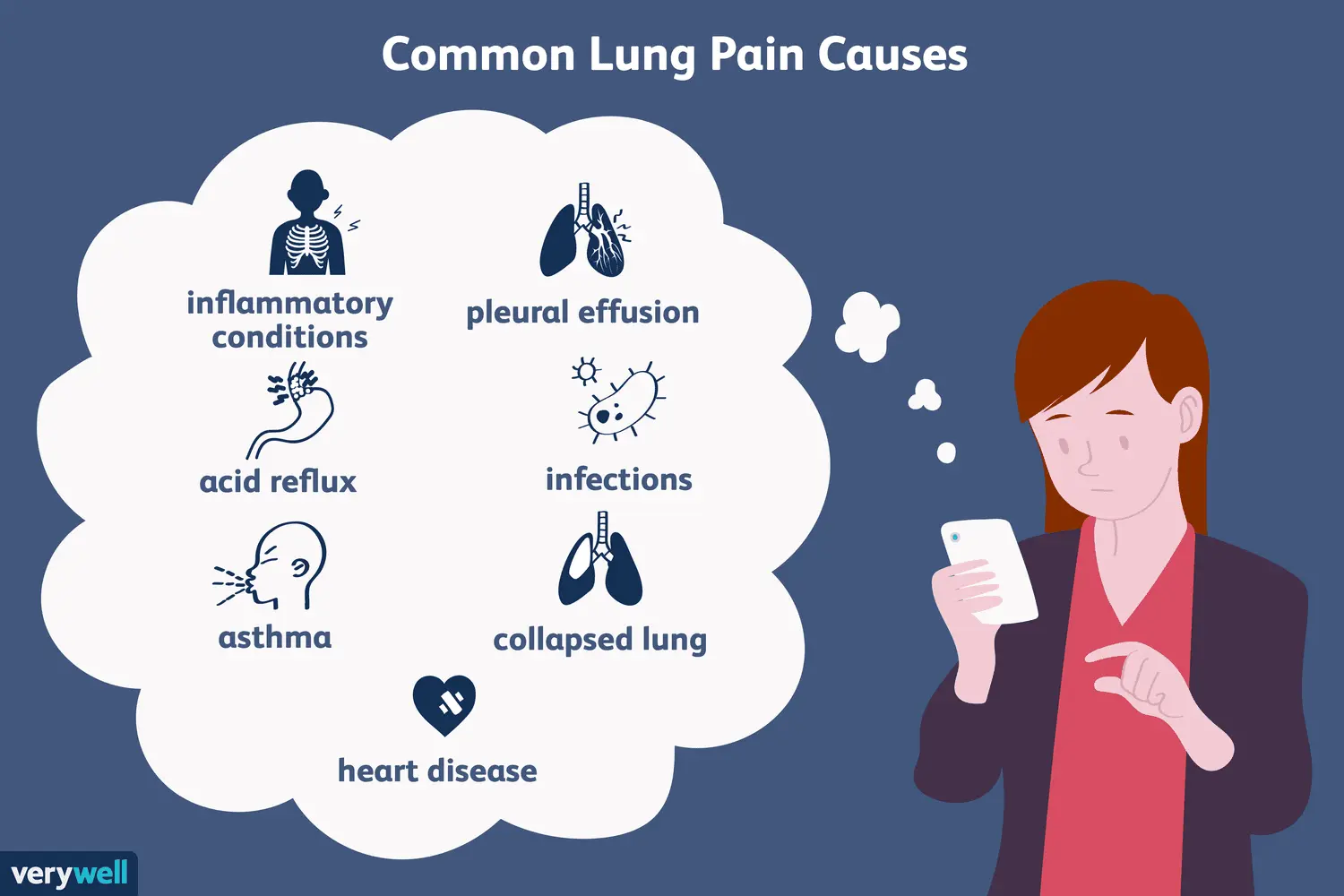Smoking has long been known to have detrimental effects on our health, particularly on the respiratory system. One common symptom experienced by smokers is chest pain or discomfort after smoking a cigarette. This article aims to explore the reasons behind this phenomenon and shed light on the harmful effects of smoking on our lungs.
Why Does My Chest Hurt After Smoking?
When you smoke a cigarette, you expose your lungs to a wide range of harmful chemicals and toxins. The smoke from a cigarette contains over 7,000 chemicals, including carbon monoxide, formaldehyde, and ammonia. These chemicals can irritate the delicate tissues of your respiratory system, leading to inflammation and chest discomfort.
Additionally, smoking damages the tiny hair-like structures called cilia that line the airways in your lungs. These cilia are responsible for sweeping out mucus, bacteria, and other foreign particles from your respiratory system. When the cilia are damaged, mucus and debris can accumulate, causing congestion and further contributing to chest pain.
The Impact of Smoking on the Respiratory System
Smoking has numerous negative effects on the respiratory system, and chest pain is just one of them. Here are some of the key ways smoking harms your lungs:
- Reduced lung function: Smoking causes a decrease in lung capacity and impairs the ability of your lungs to take in oxygen and remove carbon dioxide. This can lead to shortness of breath and chest discomfort.
- Increased mucus production: Smoking stimulates the production of excess mucus in the airways, which can lead to congestion and chest congestion.
- Lung inflammation: The chemicals in cigarette smoke trigger an inflammatory response in the lungs, leading to swelling and irritation.
- Damage to lung tissue: Smoking destroys the elasticity and structure of lung tissue, making it harder for the lungs to expand and contract properly.
- Increased risk of respiratory infections: Smokers are more susceptible to respiratory infections such as bronchitis and pneumonia, which can cause chest pain and discomfort.
How to Alleviate Chest Pain from Smoking
If you are experiencing chest pain or discomfort after smoking, it is essential to take steps to protect your respiratory health. Here are some strategies that may help alleviate chest pain:
- Quit smoking: The most effective way to reduce chest pain and improve your respiratory health is to quit smoking altogether. Seek support from healthcare professionals, join smoking cessation programs, or explore nicotine replacement therapies to help you quit.
- Stay hydrated: Drinking plenty of water can help thin out mucus and alleviate congestion in the airways.
- Practice deep breathing exercises: Deep breathing exercises can help expand your lung capacity and improve respiratory function.
- Use over-the-counter medications: Over-the-counter cough suppressants or expectorants may provide temporary relief from chest pain and congestion.
Frequently Asked Questions
Q: Is chest pain after smoking a sign of a serious health condition?
A: Chest pain after smoking can be a symptom of a serious health condition, such as heart disease or lung cancer. It is important to consult a healthcare professional for a proper diagnosis if you experience persistent or severe chest pain.
Q: Can secondhand smoke also cause chest pain?
A: Yes, exposure to secondhand smoke can cause chest pain and other respiratory symptoms, especially in individuals with pre-existing respiratory conditions.
Q: How long does it take for the respiratory system to recover after quitting smoking?
A: The respiratory system can start to recover within weeks of quitting smoking. However, the extent of recovery depends on the duration and intensity of smoking, as well as individual factors.
In Conclusion
Smoking a cigarette and experiencing chest pain is a clear indication of the harmful effects of smoking on the respiratory system. Quitting smoking is the best way to protect your lungs and alleviate chest discomfort. Seeking professional help and adopting healthy lifestyle habits can significantly improve your respiratory health and overall well-being.
If you want to know other articles similar to Smoking and chest pain: understanding the respiratory effects you can visit the Respiratory category.


Related Articles